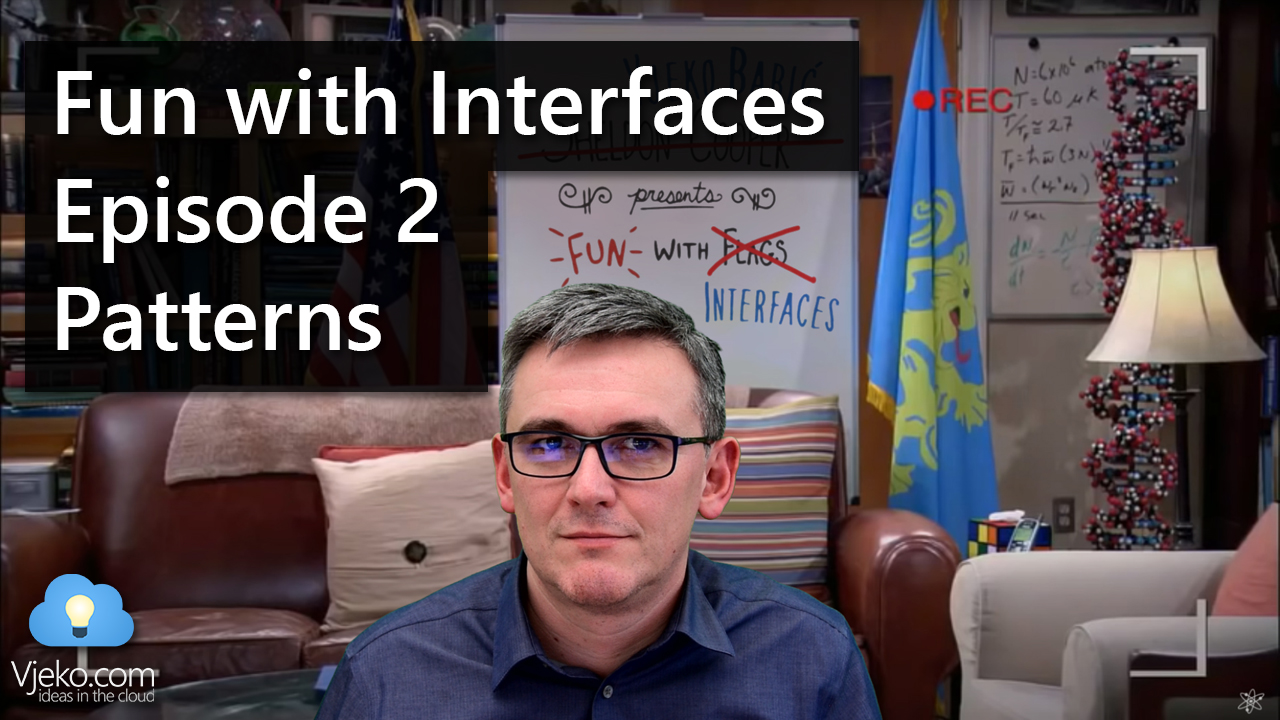Fun with Interfaces: Patterns
Today I had my fifth live stream. The topic was interfaces, and this time I took a different angle at it: patterns. When I polled about live stream topics you’d like to hear about, most of you said “patterns”. So today’s stream covers several patterns and puts them in perspective of interfaces, or the opposite way around, however you like it.
The stream is available on my new http://vjeko.live/ page, and here it is if you hate clicking.
(more…)


 One of the biggest absurdities about ERP systems springs from the very word we use so often when describing ERP: integrated.
One of the biggest absurdities about ERP systems springs from the very word we use so often when describing ERP: integrated.